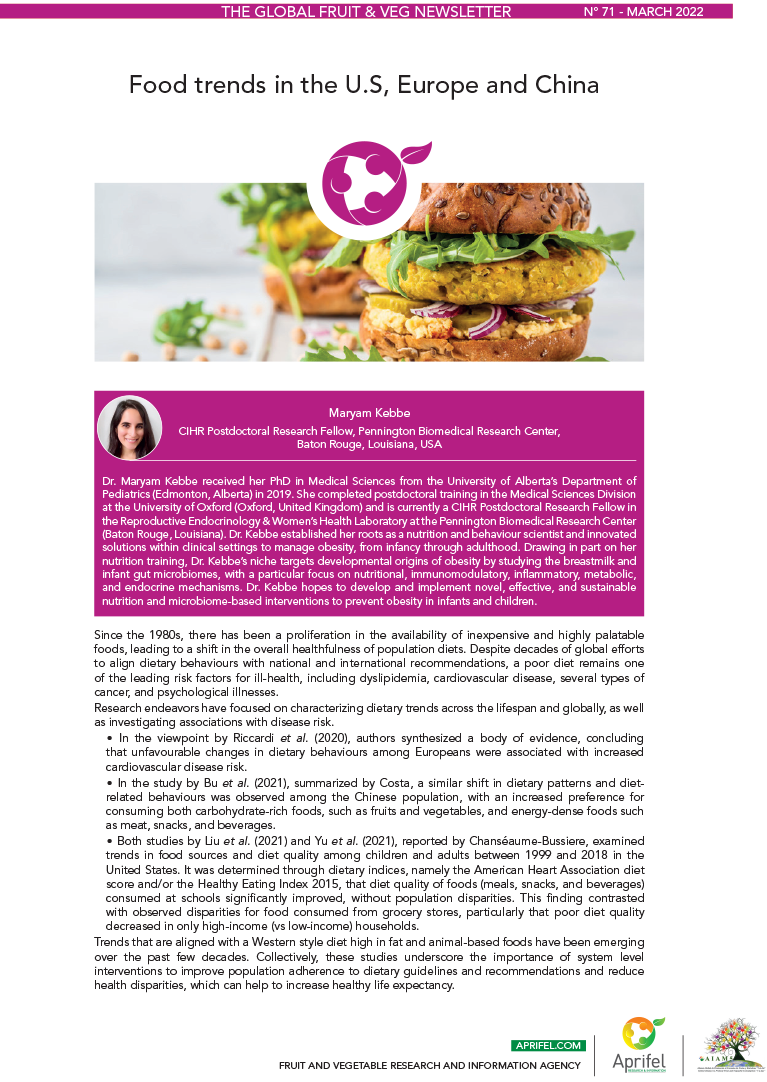Scientific news
Discover five recent scientific articles from our food, health and sustainability watch.
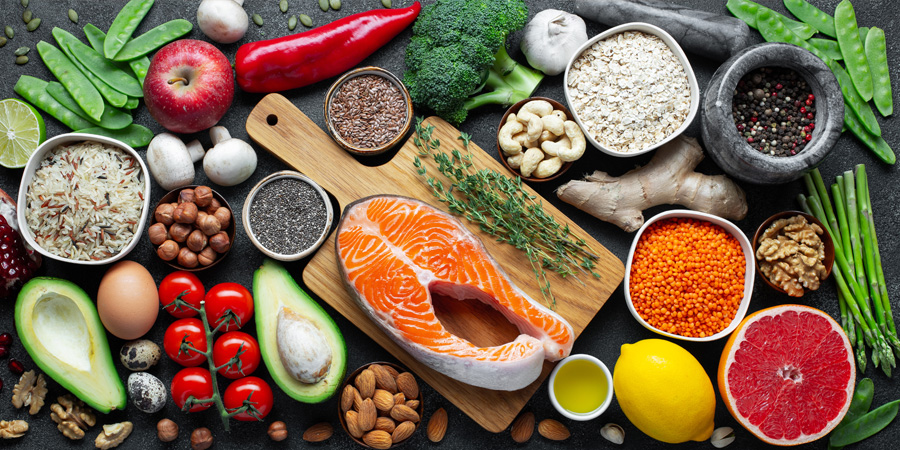
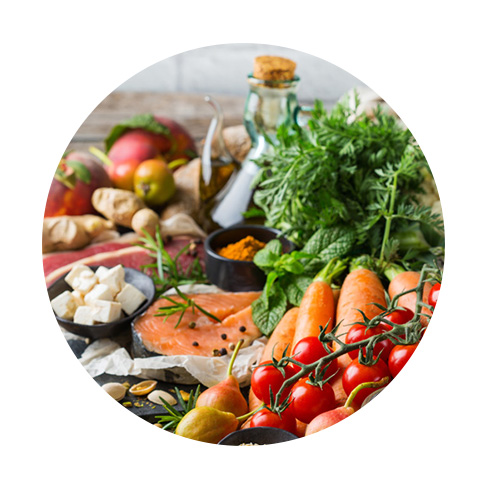
The Mediterranean diet is one of the best patterns of healthy diets. Italian researchers conducted a study to evaluate the impact of typical Mediterranean foods on the lipid and glucose profiles of 85 adolescents. Divided into six groups depending on the food tested (three “Mediterranean” foods (G1: olive oil; G2: nuts; G3: fish) and three unhealthy foods (G4: fast food; G5: sweets; G6: biscuits)), these adolescents were administered a personalised Mediterranean meal plan including the tested food group for six months. Their level of physical activity and metabolic profile were evaluated at the time of recruitment and at the end of the experiment. After six months of follow-up, a significant decrease in blood glucose and cholesterol (total and LDL) was found for all the participants. These improvements were noted in sedentary adolescents, those with moderate activity levels, and those who were active and had displayed a better metabolic profile at the start of the experiment. Therefore, combining a healthy diet such as the Mediterranean diet with physical activity increases the resulting health benefits.
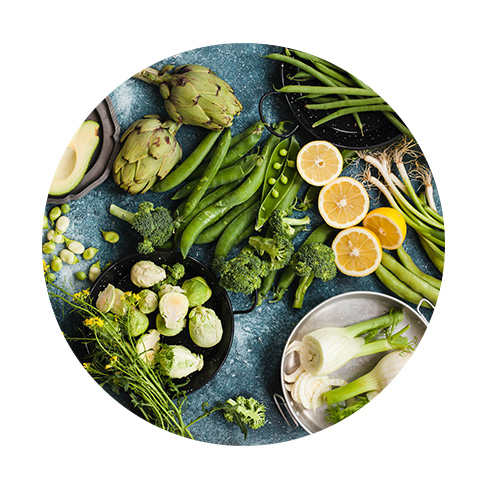
Known for their antioxidant effects, lutein and zeaxanthin belong to the class of carotenoids, which are pigments produced by plants. Found mainly in green leafy vegetables and some cruciferous vegetables, these two substances are unique in that they accumulate in the retina, specifically the macula. A recent literature review presented the current state of knowledge on the role of lutein and zeaxanthin in age-related macular degeneration (AMD) and cataracts, based in particular on human studies focusing on these substances’ metabolism and bioavailability. Multiple studies have shown that regularly consuming foods containing these pigments, such as spinach, kale, and cabbage, provides significant protection against the onset of late AMD. There are also studies showing that higher dietary antioxidant intake, including with lutein and zeaxanthin, can significantly reduce early AMD associated with genetic risk variants.
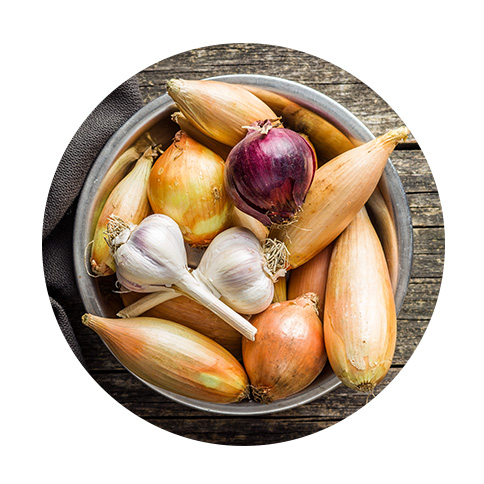
The allium class of vegetables and herbs includes garlic, onions, shallots, chives and leeks. All of these contain high levels of certain sulphur compounds (allicin, alliin and allyl sulphides). The Stomach cancer Pooling (StoP) Project consortium of international epidemiological studies explored the role of consuming allium vegetables in the prevention of stomach cancer. Seventeen studies including 6097 people with stomach cancer and 13,017 controls were analysed. According to this review, total allium vegetable intake was inversely associated with the risk of stomach cancer, suggesting that these foods provide protection against this disease. This association was nonetheless stronger in the studies conducted in Asia compared with the results obtained in Europe and the USA. In light of this geographical heterogeneity, the authors underline the possibility of a residual confounding factor and state that these results should be considered with caution and confirmed through further studies.

A systematic literature review conducted by a German team sought to evaluate the effects of social media on the dietary behaviours of children and adolescents (aged 2-18) and identify the related physiological and social mechanisms. Thirty-five articles were analysed.
Of four studies evaluating the effect of videos in terms of promoting healthy eating habits, one showed a positive effect of videos shared by peers (increased vegetable intakes). This effect was not observed for videos shared by influencers. Most of the studies also underlined that, regardless of the age of the participants, exposure to social media was associated with unhealthy dietary behaviours (skipping breakfast, consuming large quantities of unhealthy snacks and sugar-sweetened beverages, eating small quantities of fruit and vegetables). Moreover, the children and adolescents exposed to digital images of foods (healthy vs. unhealthy) showed increased brain response in reward- and attention-related regions. The authors therefore suggest that the observed effects in terms of dietary behaviour were related to physiological (appetite, increased neural response to portion size and the energy density of the foods depicted) and social (food advertising via influencers and peers) mechanisms.
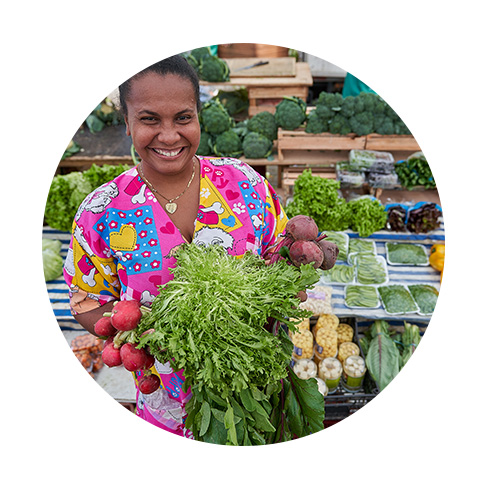
Brazilian researchers carried out a cross-sectional study intended to analyse barriers and facilitators for healthy and balanced eating in the food environment (municipality of Jundiaí, São Paulo State). The majority of the 650 food retailers identified mainly sold ultra-processed products; 75.9% sold sugar-sweetened beverages, 37% rice and beans, and 30% fruit and vegetables. The authors conclude that access to healthy eating was facilitated by fruit and vegetable stores and neighbourhood markets, while bakeries were barriers. As for supermarkets, they had a mixed effect: they were both facilitators (greater availability of natural and minimally processed foods) and barriers (advertising, promotions for ultra-processed foods, for example).
